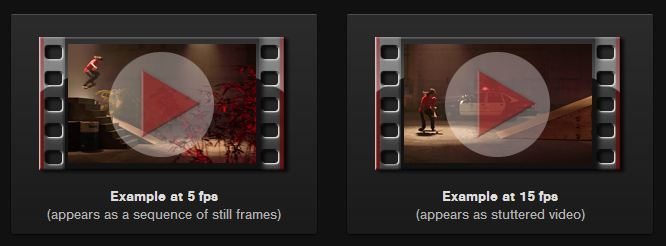
The advent of digital cinematography has opened up new creative possibilities for how motion is captured. This article explores the influence of high frame rate (HFR) video playback, along with the associated motivations and controversy, with an eye for what this might hold for the future of cinema.
BACKGROUND
Although modern cinema uses a 24 fps time base, early film was projected with a wide variety of speeds. Prior to the 1930’s, many silent films used just 15-20 fps, since this is when the illusion of continuous imagery begins. Then, with the advent of audio, frame rates were increased to the now-standard 24 fps, primarily because this was the minimum rate that would still produce acceptable audio when read from a 35 mm film reel.
In any case, the overall strategy was to use as little film as possible. None of the motivations were to maximize the viewer’s sense of realism — footage was just deemed “good enough” without being prohibitively expensive. However, with digital capture, we’re no longer bound by the same rules. Recent and upcoming productions are beginning to explore high frame rate (HFR) playback. HFR is already being used for sports and other HDTVbroadcasts, and in cinema, Avatar 2 and The Hobbit are known productions targeting HFR release.
MOTIVATIONS
Even though about 15 fps is needed to initiate the illusion of continuous motion, the effect by no means stops there. Visual studies have shown that even if one cannot distinguish discrete images, a frame rate all the way up to 60-80 fps makes footage appear more lifelike by [Keep reading…]
Source: Red Website

